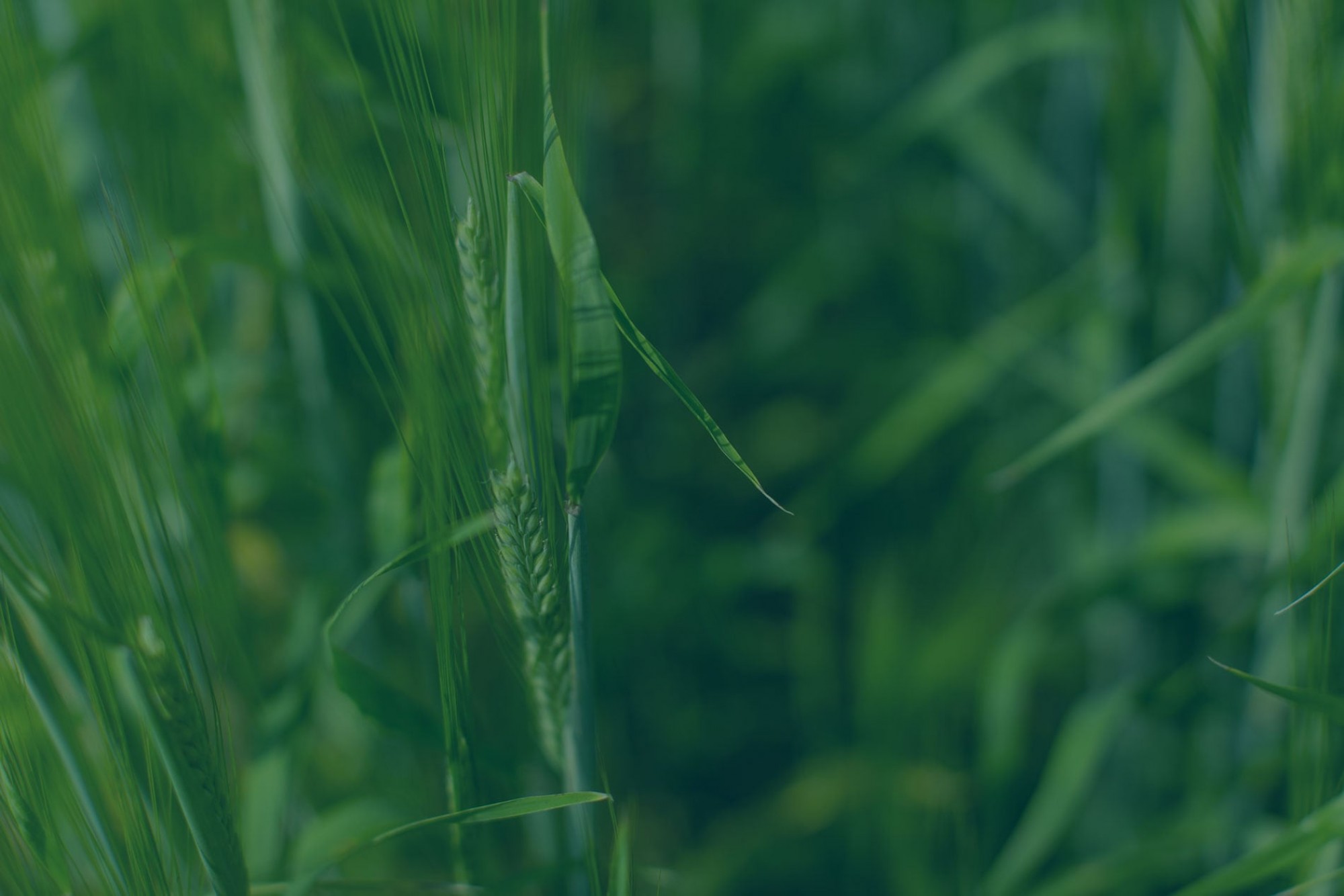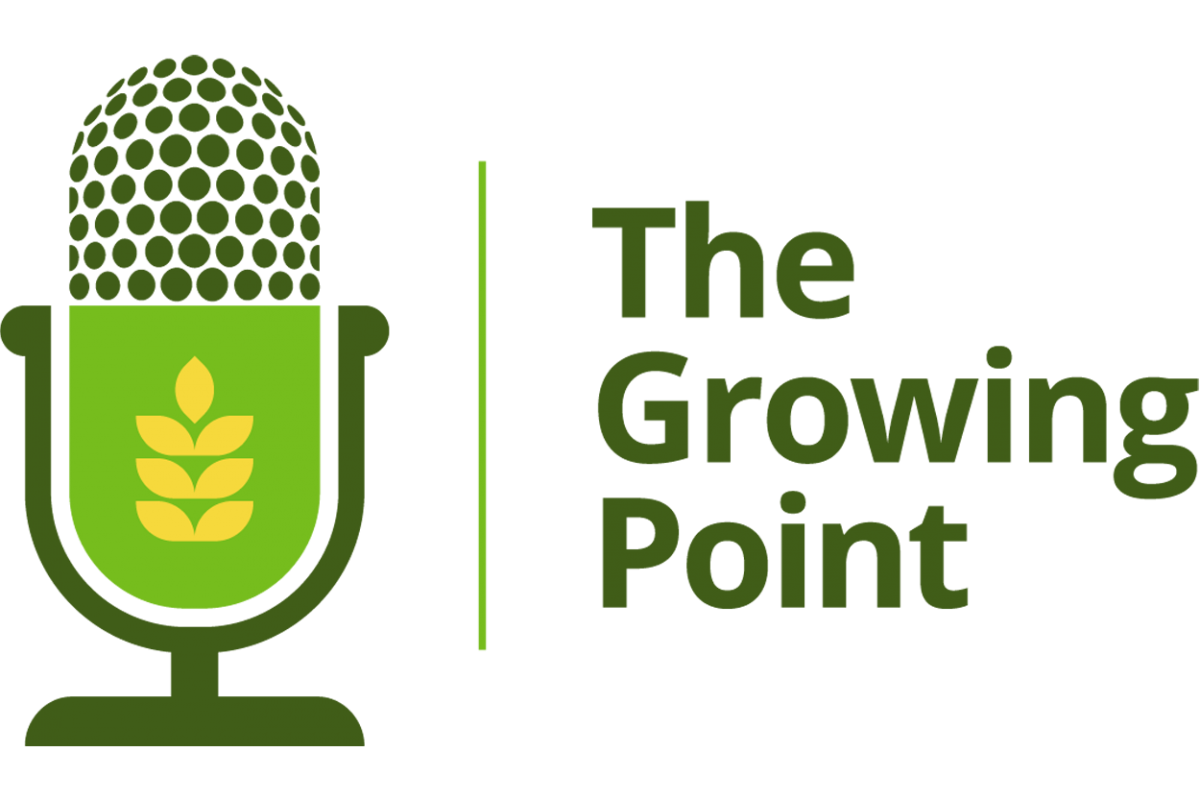Agronomic staging guide and decisions
Accurate crop staging is essential to ensure optimal performance and application timing of agronomic inputs. This includes in-crop nitrogen (N), plant growth regulators and crop protection products. The start of the growing season gives us a chance to review both wheat and barley growth stages as well as the recommended stages for agronomic inputs.
-large.png)
This article uses the Biologische Bundesanstalt, Bundessortenamt und CHemische Industrie (BBCH) growth stages scale, which is based on the Zadoks scale. For more information about the BBCH scale, refer to the Cereal Staging Guide (Alberta Agriculture and Irrigation).
Between BBCH 10-13, or the first leaf visible and three leaves unfolded, is the best time for emergence count and weed scouting. At this stage, the plants are smaller and not yet producing tillers. This makes plant counting easier and weeds more obvious to identify.
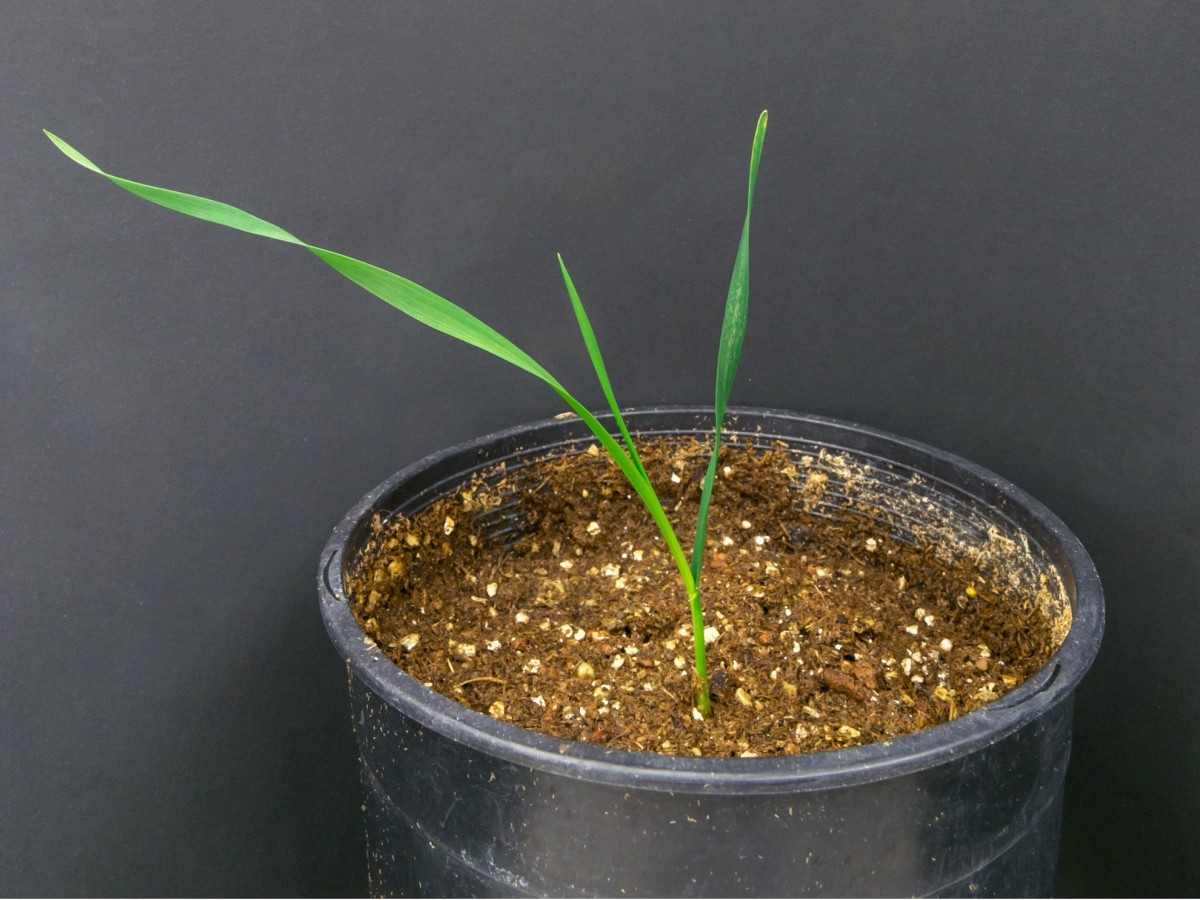
Figure 1. BBCH 12: 2 leaves unfolded (Image courtesy of the University of Guelph Department of Plant Agriculture)
This early scouting can be used to address weed prevalence, species and size. This information will help to determine the best in-crop herbicide options for that field. The optimum stage to apply post-emergent herbicide is between two to six leaves unfolded (BBCH 12-16). At this stage, the weeds tend to be small and actively growing, both of which help maximize the efficiency of the herbicide.
Producers should always check the herbicide label to ensure they are following label requirements for application rates and timing.
The early to late tillering stage is the ideal time for in-crop N application for yield increase. If the farmer decides to split N applications, applying N at tillering stage helps with production and increases the survival of yield-contributing tillers, which in turn increases yield potential. Please note that the split N application does not produce consistent yield benefits in the Prairies. However, it is a risk mitigation tool when spring moisture is low or N prices are high
For more information: In-crop nitrogen applications, are they worth it? – ‘In the Field’ webinar
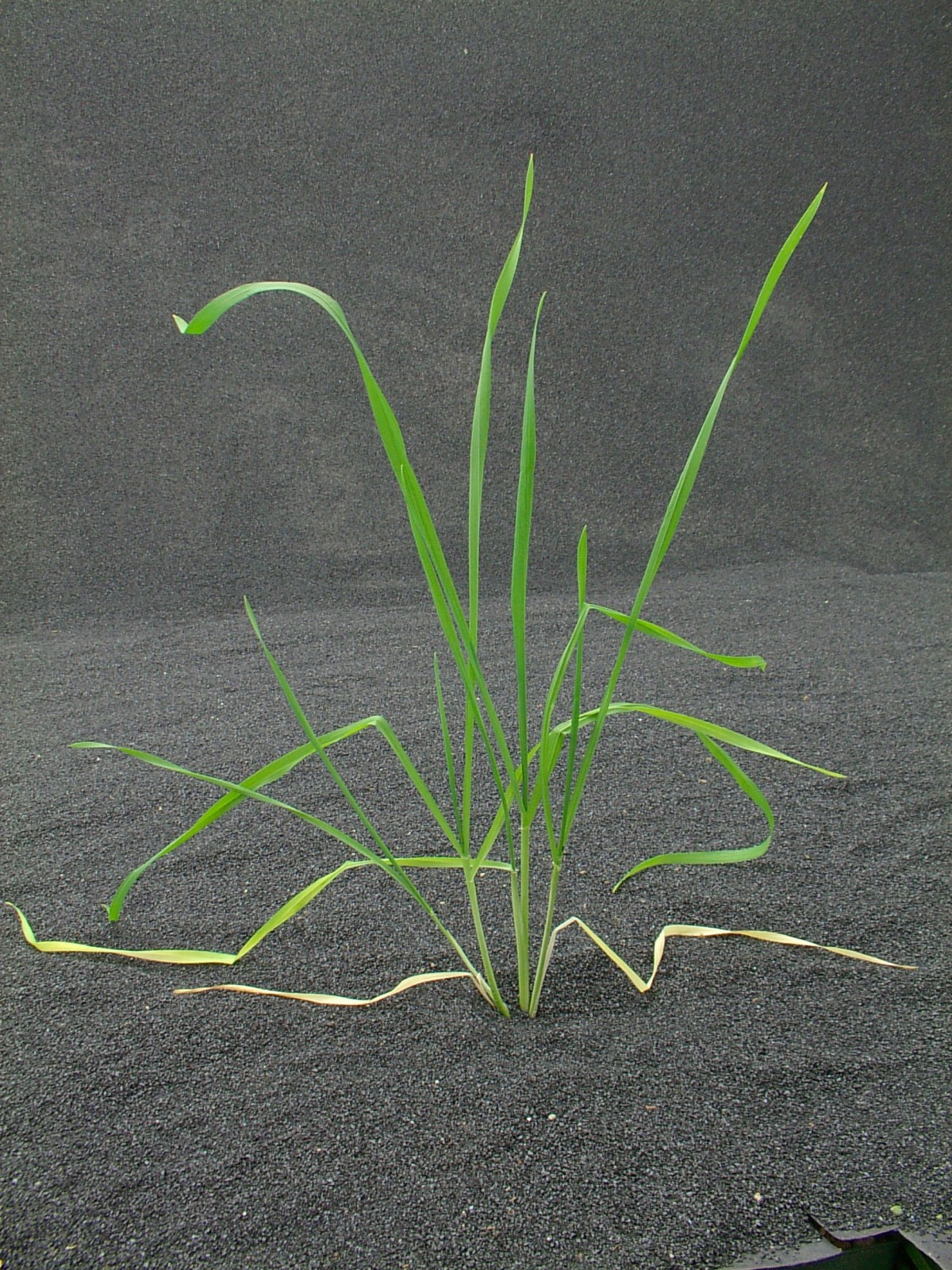
Figure 2. BBCH 23, showing main stem and 3 tillers (Image courtesy of the University of Guelph Department of Plant Agriculture)
Correct timing is critical for a successful Plant Growth Regulator (PGR) application. The ideal application timing depends on the crop species and the type of PGR used. For Manipulator and Moddus, the gibberellin biosynthesis inhibiting PGRs, the start of stem elongation (BBCH 30-32) is the most effective time to apply them to reduce lodging. Producers should be aware that the potential lodging reduction from a gibberellin-inhibiting PGR (Manipulator and Moddus) can be variety dependent. In other words, just because one variety had reduced lodging from Moddus on your farm, does not mean that other varieties will as well. Producers should trial PGRs on each new variety they utilize on their farm. For Ethrel PGR, the ideal timing is BBCH 37-45, or between late stem elongation (flag leaf just visible) and late boot stage (flag leaf sheath swollen but not open yet). Finally, it is important for farmers to carefully consider the use of a PGR. PGRs are intended for use in environments where lodging risk is high. If environmental conditions are not favourable (drought, heat, excess stress) crop injury may occur. For more information on recommended products for wheat and barley, and the ideal application timing check out these resources:
- When should I apply Manipulator on my wheat?
- Plant Growth Regulator (PGR) options for barley
- Keep it Clean: caution on using chlormequat (Manipulator) on barley for malt, food or feed

Figure 3. Common Plant Growth Regulator products and their ideal application timing for specific crops. Always read and follow the label.
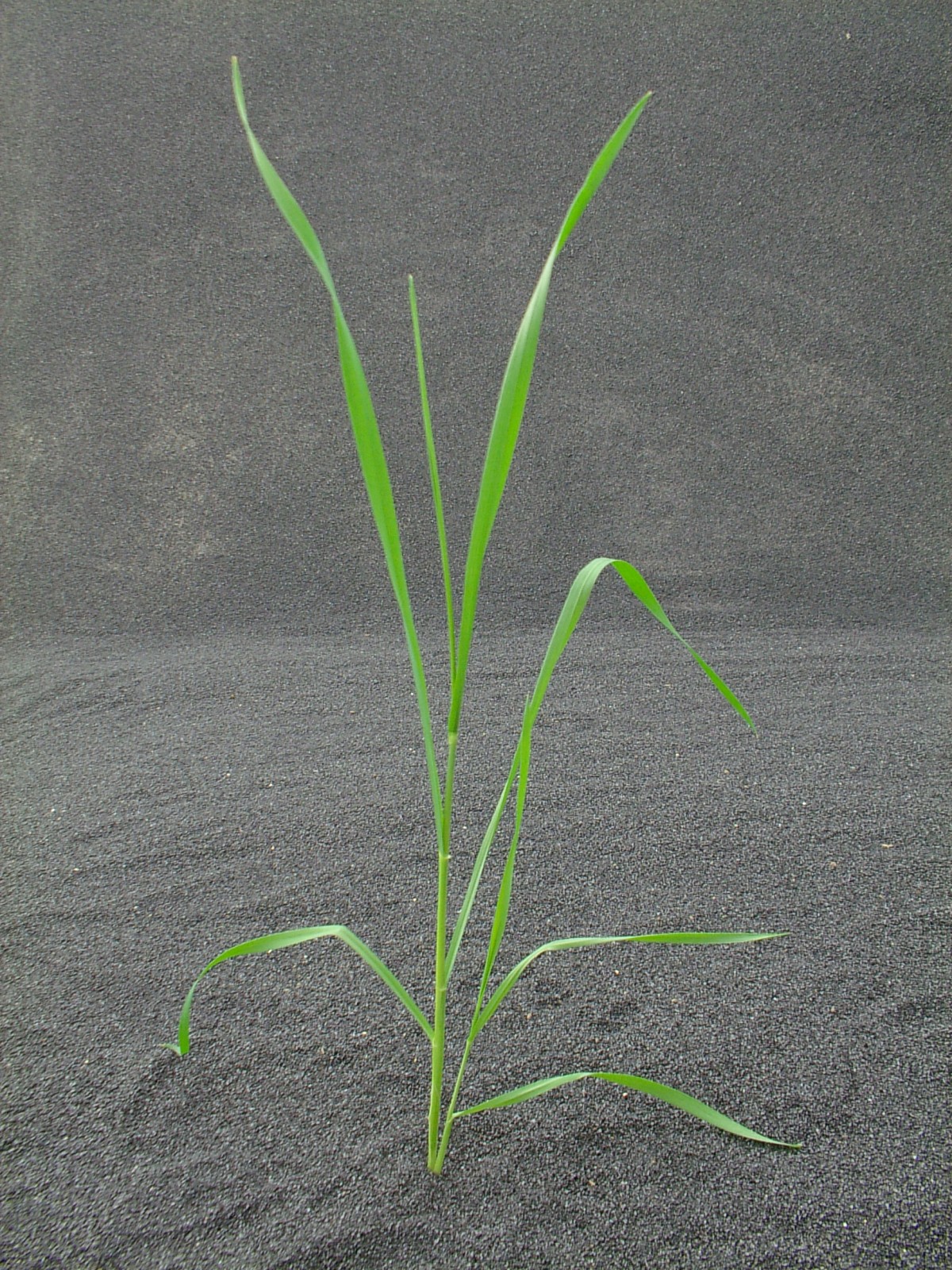
Figure 4. BBCH 30, the start of stem elongation (Image courtesy of the University of Guelph Department of Plant Agriculture)
When the flag leaf is fully unrolled (GS 39), we are entering the window for fungicide application. Applying fungicide at the flag leaf stage protects the most yield-contributing leaves from foliar diseases. In addition, when Fusarium head blight (FHB) risk is present, a fungicide application at heading timing reduces Fusarium infection and increases grain yield and quality. The flag leaf and heading timing can be close to one another (10-15 days), especially under high temperatures.
Have you ever wondered which application timing is most profitable, or whether a dual fungicide is needed? Well, we have the article for you to answer those questions!
Flag leaf timing or head timing fungicide on wheat: Which is the better choice?
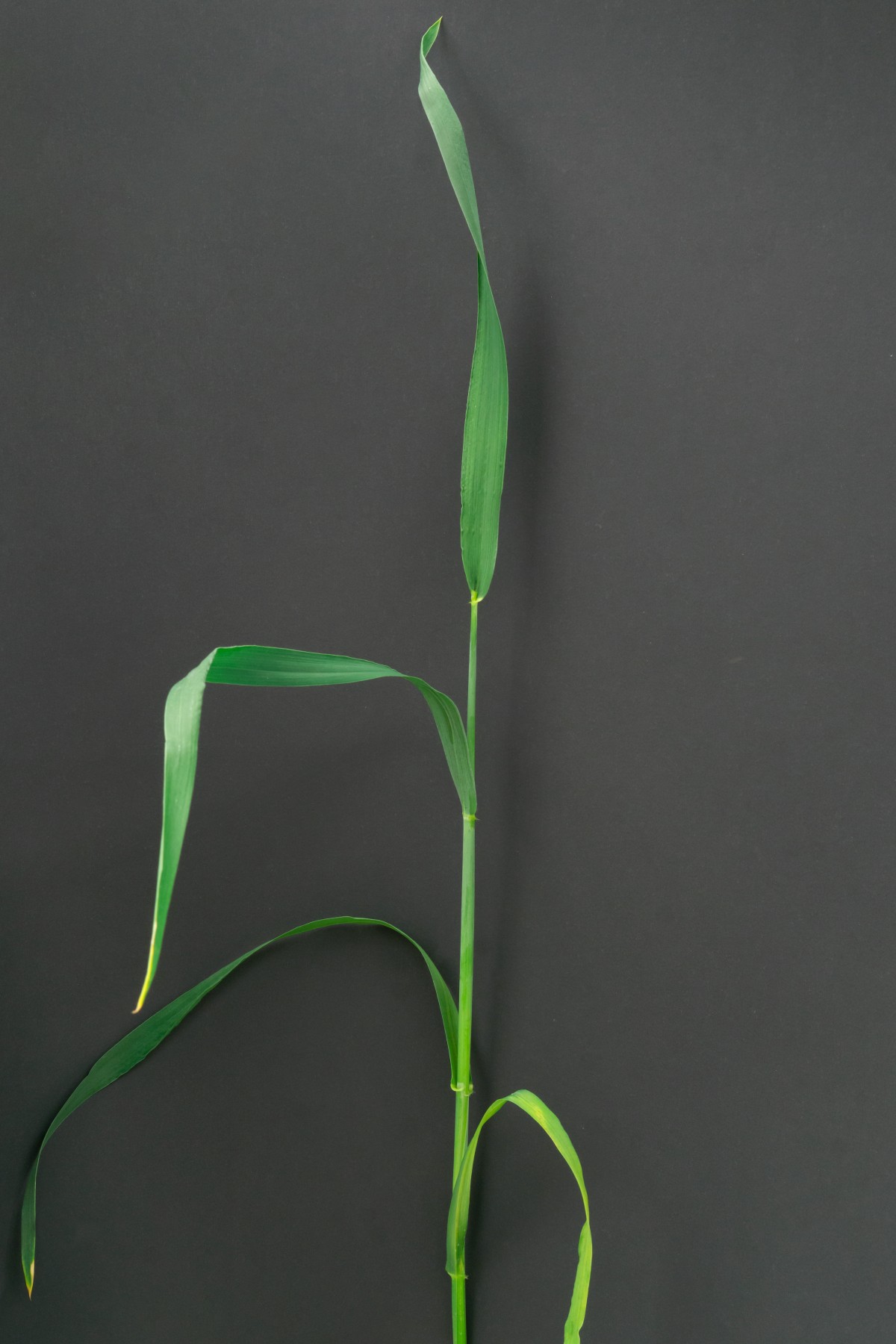
Figure 5. BBCH 39, flag leaf unrolled, ideal timing for fungicide application to protect the leaves against diseases. (Image courtesy of the University of Guelph Department of Plant Agriculture)
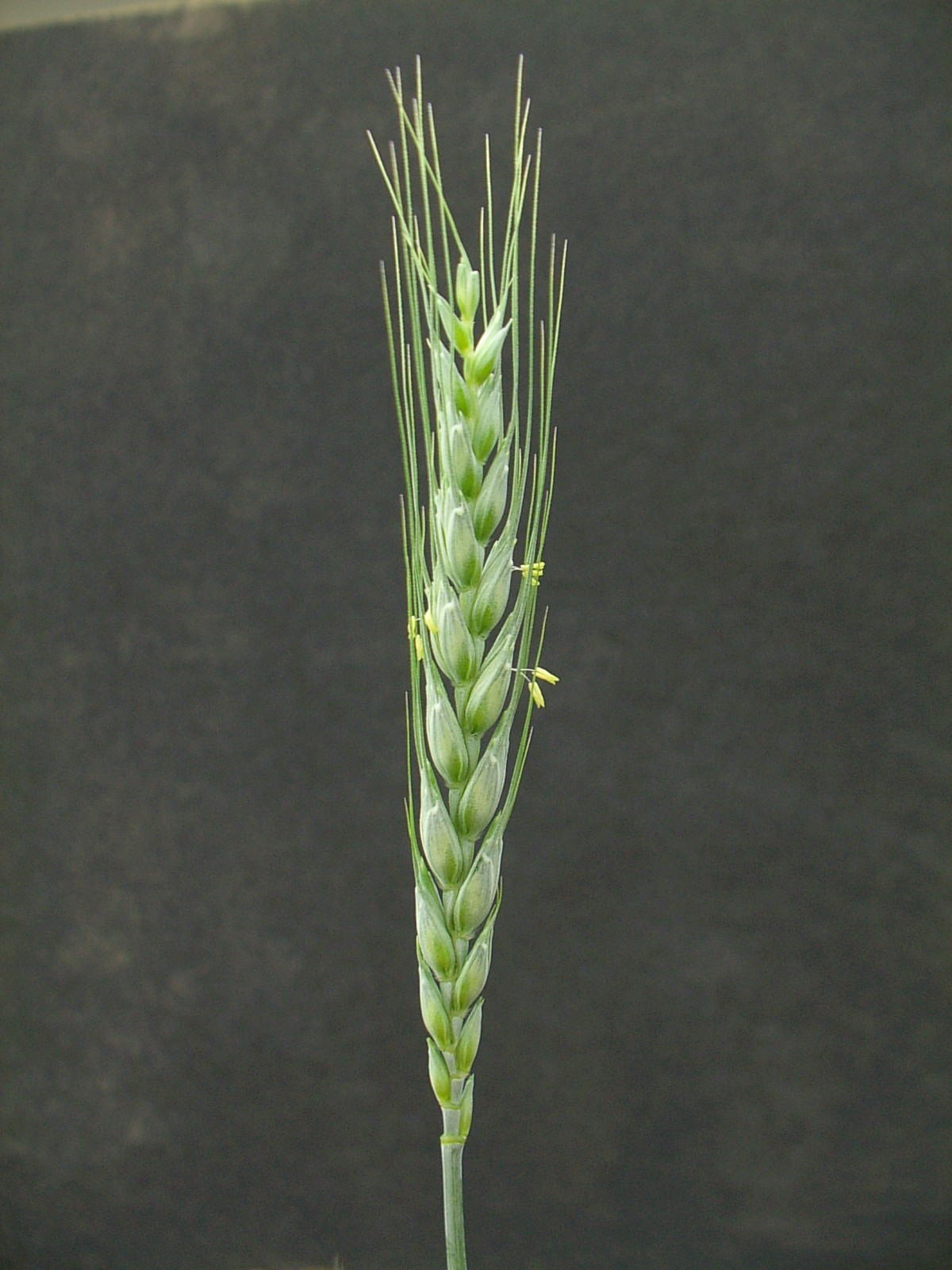
Figure 6. BBCH 61, the beginning of anthesis, ideal time to apply fungicide to protect the plant from FHB and foliar diseases (Image courtesy of the University of Guelph Department of Plant Agriculture)
If increasing protein potential is a target on your farm, in-crop N can be applied after the end of flowering (BBCH 69) for protein increase. Growers interested in this practice are welcome to find more details on High Protein Wheat Production. Be aware that there are no guaranteed protein premiums or profit benefits from in-crop N. Consider local conditions and consulting with experienced agronomists is always recommended.
Before harvest, one of the last agronomic decisions is the potential need of pre-harvest glyphosate due to weed pressure. It is crucial to apply pre-harvest herbicide when the least advanced part of the crop is below 30 per cent grain moisture. Glyphosate application before 30 per cent grain moisture risks glyphosate being translocated into the grain and presenting market-unacceptable levels of residue.
For how to tell if the grain moisture is below 30 per cent, and more information on pre-harvest glyphosate, please visit Keep It Clean.
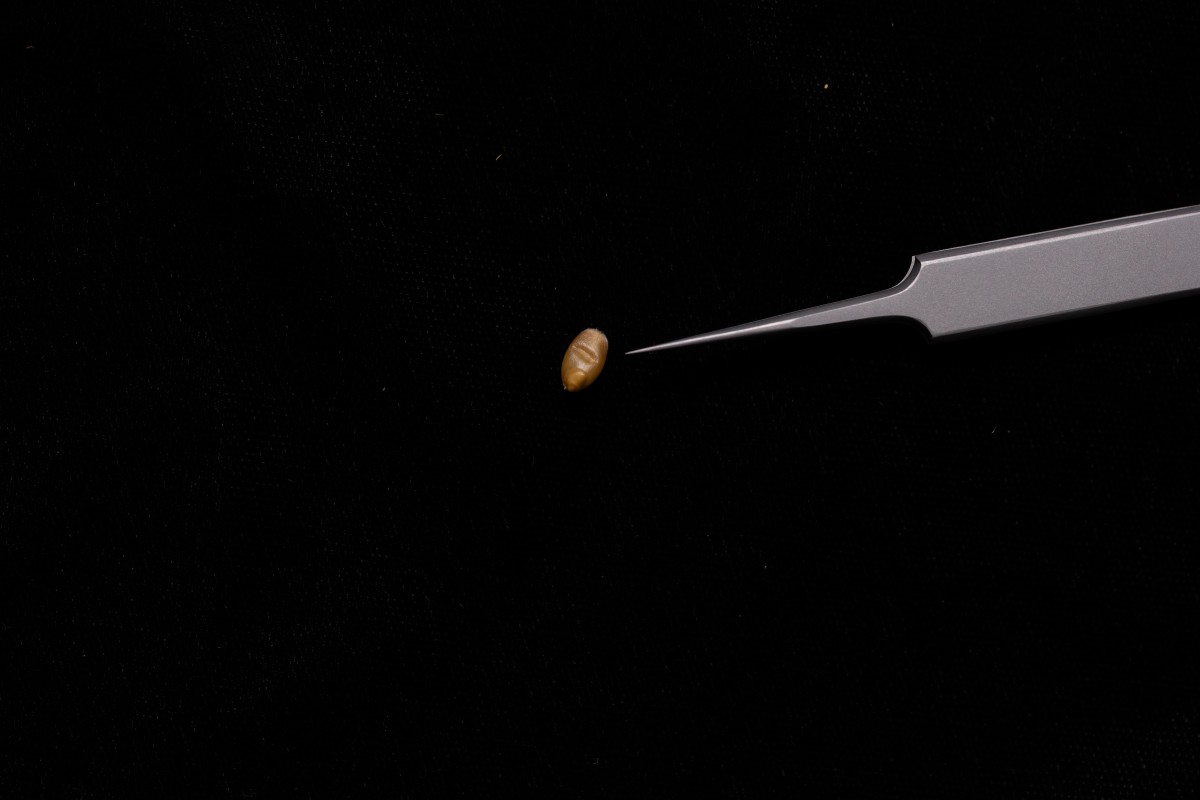
Figure 7. BBCH 87:30% grain moisture, the earliest stage to apply pre-harvest glyphosate (Image courtesy of the University of Guelph Department of Plant Agriculture)
